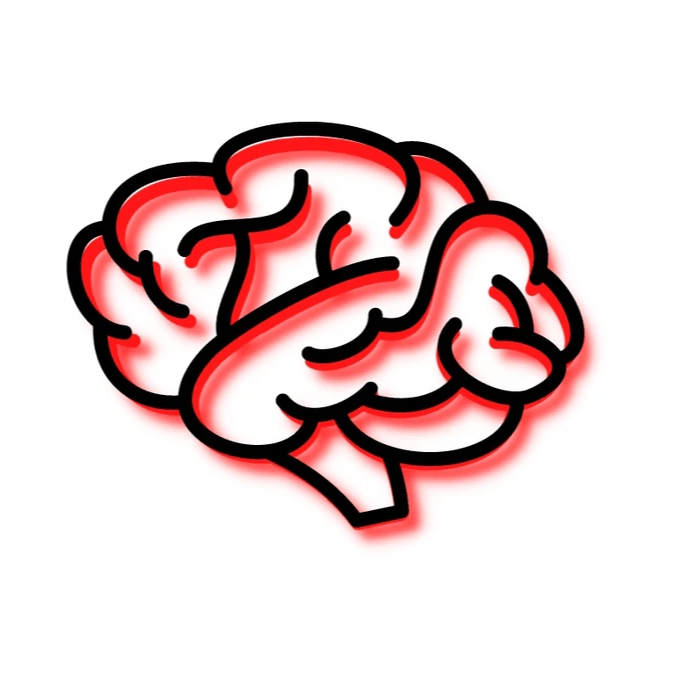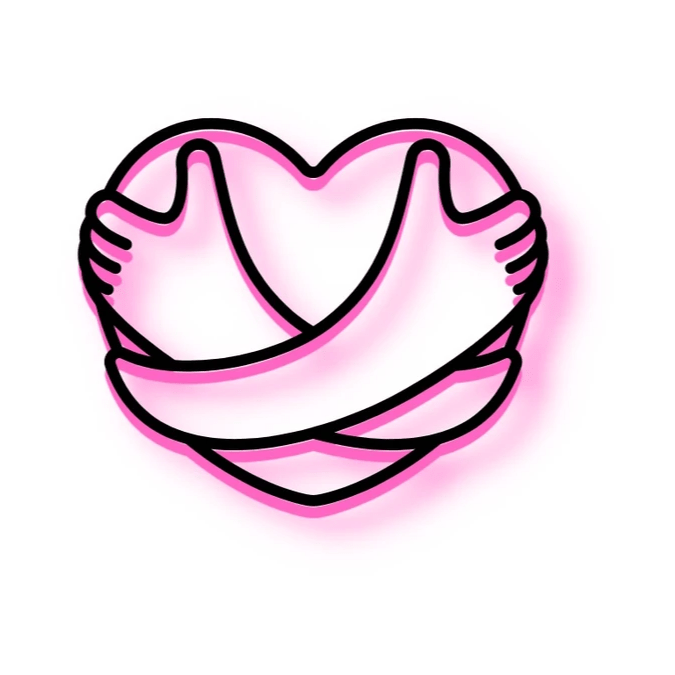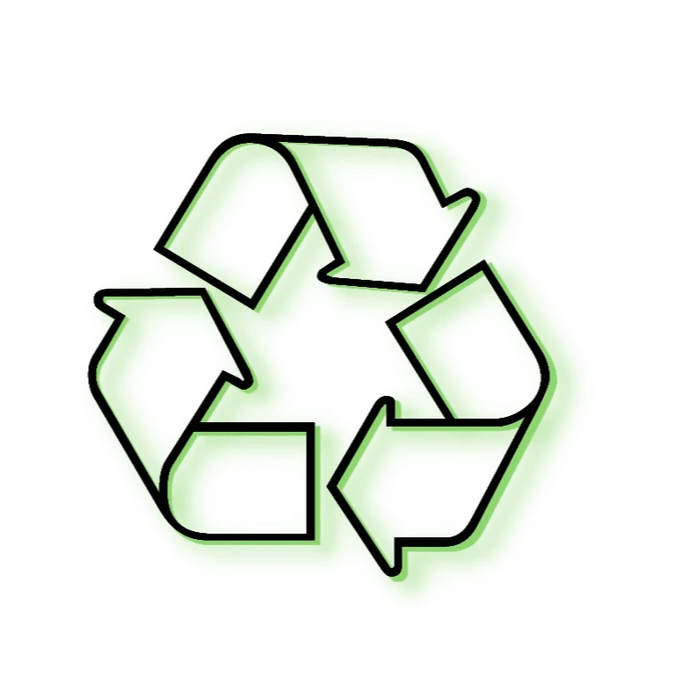
Our Approach
1. Discover the Stages of Secure
2. Develop Self-Regulation, Self-Care, and Self-Resourcing
3. Discover the two Roads of the Journey
4. Journey with us to become Secure
Scroll down to learn more...
Tradition Tree University
from the upcoming Journey to Secure board game
I used to believe I was secure, as many people do...

But as I started to look more deeply into my own emotional body three years into fatherhood, I started to notice how my nervous system would go into fight, flight, or freeze when I would run out of emotional bandwidth. This began my journey to understand myself and what caused me to need "space" to find my emotional balance (to auto-regulate) while my partner Paget would simultaneously need me to co-regulate with her. It brought many challenges to our relationship. Truly, the solution to being a better, more authentic human in relationships where mutuality, emotional balance, and love are present is to become more secure yourself.
But this is often a long journey with many pitfalls, challenges, and difficulties.
A journey of 1001 steps.
How I learned to become a Secure Attacher
Seven years ago, when I was first introduced to Attachment Theory by my friend Trevor (a facilitator for this retreat), my reaction--to his statement that I was "avoidant"-- was one of immediate dismissal. Ironic of course, considering that avoidant attachment is also often called "dismissive-avoidant." Paget and I were engaging in the classic anxious-avoidant dance.
This journey eventually brought us to develop skills around self-regulation, self-care, and self-resourcing. From awareness of our own nervous system and emotional body, its strengths, its weaknesses, and its superpowers, we developed the ability to regulate and ground ourselves more and more easily over time, the ability to take care of ourselves better than better, and the ability to get the help and perspectives we would need to understand and face the challenges and difficulties that would inevitably come up time after time.
This is how I learned to become a Secure Attacher, going from Stage 1 (unconscious insecure) to Stage 3 (conscious secure) on my journey...
And this is how I also learned that this journey will take... a long while.
The Stages of the Journey to Secure
The journey to an earned secure attachment can be seen as a journey of awareness (becoming aware/conscious about our insecurity through our coping mechanisms) and skill (learning to engage with our insecurities, dysregulation, coping mechanisms, and emotional resources). It follows the Conscious Competence Ladder which explains the process of learning and gaining competence in any area of growth.
Here's what it looks like:

The Three Areas of Growth of the Journey to Secure
As we go through the stages of the Journey to Secure, which takes time, effort, attention, and practice, we learn and grow in three main areas:

Self-Regulation
Self-regulation is the ability to better support a regulated nervous system for yourself when challenges arise and coping mechanisms such as fight, flight, freeze, or fawn come up, generally expressed by an insecure attacher as either anxiety or avoidance. Learning to self-regulate can look like the avoidant attacher's usual "auto-regulation" (the need to regulate alone), co-regulation (the need to regulate with another human or mammal), or anything in between. A secure attacher can more easily draw from what is available at the moment of dysregulation in order to bring themselves back into a grounded regulated state. Learning to do this can look like breathing techniques, movement techniques, mindfulness techniques, connection to nature, and more.

Self-Care
Self-care is the ability to better support a body, heart, and mind in optimum health, energy, and emotional resources level. Self-care looks like realizing what needs are unmet in order to better fulfill them such that one can be fully resourced. It can also look like learning about these needs such that, over time, better planning and forecasting can occur about them. A secure attacher can more easily imagine what needs will arise and can better prepare for them so they can be met as soon as they occur and continuously as they occur. Needs come in various categories (Maslow's Hierarchy of Needs is one example), but the main ones that impact our nervous system are physical, emotional, social, and primal needs. In order to keep our nervous system balanced and in top running condition, these needs have to be cared for and met. This can look like learning about nutrition, communication, relating, connection, etc. In other words, awareness, techniques, perspectives, and approaches that facilitate meeting our needs (and supporting others in getting their own needs met in relationship). It's the growing of our internal toolbox to keep our inner self-running well and with resilience.

Self-Resourcing
Self-resourcing (or, more simply, resourcing) is the ability to seek outside support, perspectives, and resources when our internal toolbox isn't enough to meet the demands and challenges that life throws in our direction and the needs that arise from this. Self-resourcing can look like better sense-making through learning various models (such as attachment theory, IMAGO, etc) which leads to validation and understanding of what is happening to us, or better relating and communication tools to engage with partners in order to maintain a good level of relatedness. It can also look like finding the right people to help us, counsel us, and support us in times of need. I can also look like knowing who are the people you can cuddle with when dysregulated! Self-resourcing tends to be about engagement with the external world in ways that support our internal world, our self-care, and our self-regulation.
The Two Roads of the Journey to Secure
The Journey to Secure is both a journey of awareness as someone moves from stage to stage as well as a journey of developing skills from stage to stage. These two journeys (often overlapping) form two separate pathways or “roads.”
The first road is the development of awareness around our insecurities, dysregulation, coping mechanisms, and emotional resources, and as we become aware of them, we learn to catch ourselves in reactions related to them faster and faster. Initially, we catch ourselves in the past (ie noticing what happened before, making sense of it, and seeing the pattern for what it is faster and faster), then more in the present (having seen the pattern enough, we can see it happening in real time), then more in the future (knowing these patterns, being able to see the time coming before they show up). And as we become familiar with these patterns and mechanisms, we develop a certain amount of compassion, equanimity, and intuition towards them (and about ourselves) while we work on them through the second road.
The second road is the development of skill around our insecurities, dysregulation, coping mechanisms, and emotional resources. As we grow our awareness and ability to catch ourselves in the moment, we also slowly learn to do something about them via self-regulation, self-care, and self-resourcing. Initially, the results aren't so great, but with enough practice, we begin to gain ground and skill on how to best handle the patterns while at the same time learning to recognize them and own them as part of our growth process. Each little step builds on the others as we learn and earn our security and ability to get back into balance more easily, quickly, and with greater resilience.
As we do all of this better and better, our emotional resources (which you can imagine as like the muscles and stamina of your emotional body) also grow slowly to allow us to handle life more effectively and with more "emotional bandwidth."
This is how you notice yourself becoming secure: it's not that you never get dysregulated or exhausted or "hangry" or in a difficult emotional place anymore. Rather, it's that over time you develop the awareness and skill to handle events that happened before and as they occur, and you also learn to plan and prepare for events before they happen.
This is both a practice and an art you have to engage with for a fair bit of time to become good at it:

Curious about taking the Journey to Secure with us?
We have created this journey specially for you to take steps on your journey:
Steps to become more self-regulating
Steps to become more self-caring
Steps to become more self-(re)sourcing
We created this journey for you to become secure at a pace that is manageable, enjoyable, and in community with other humans like you!
Ready to join us? The moment is now.






